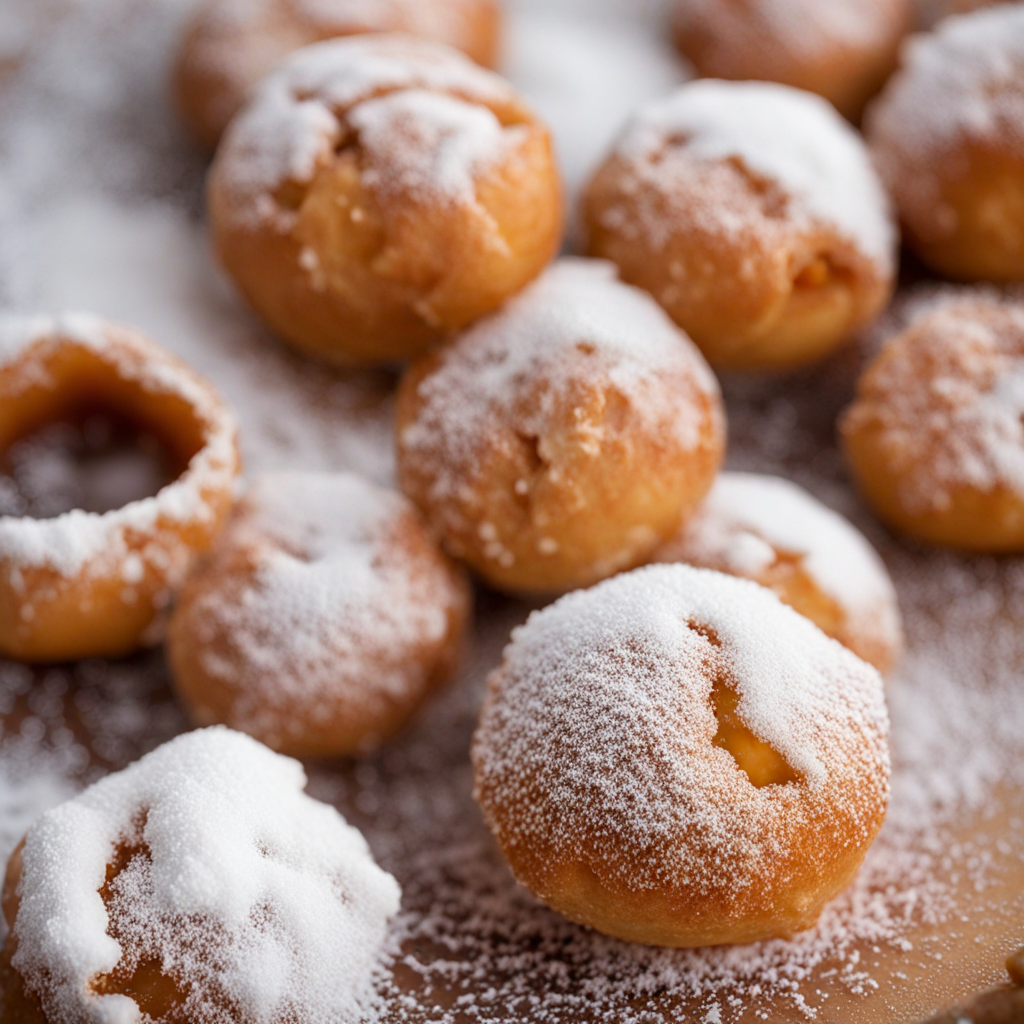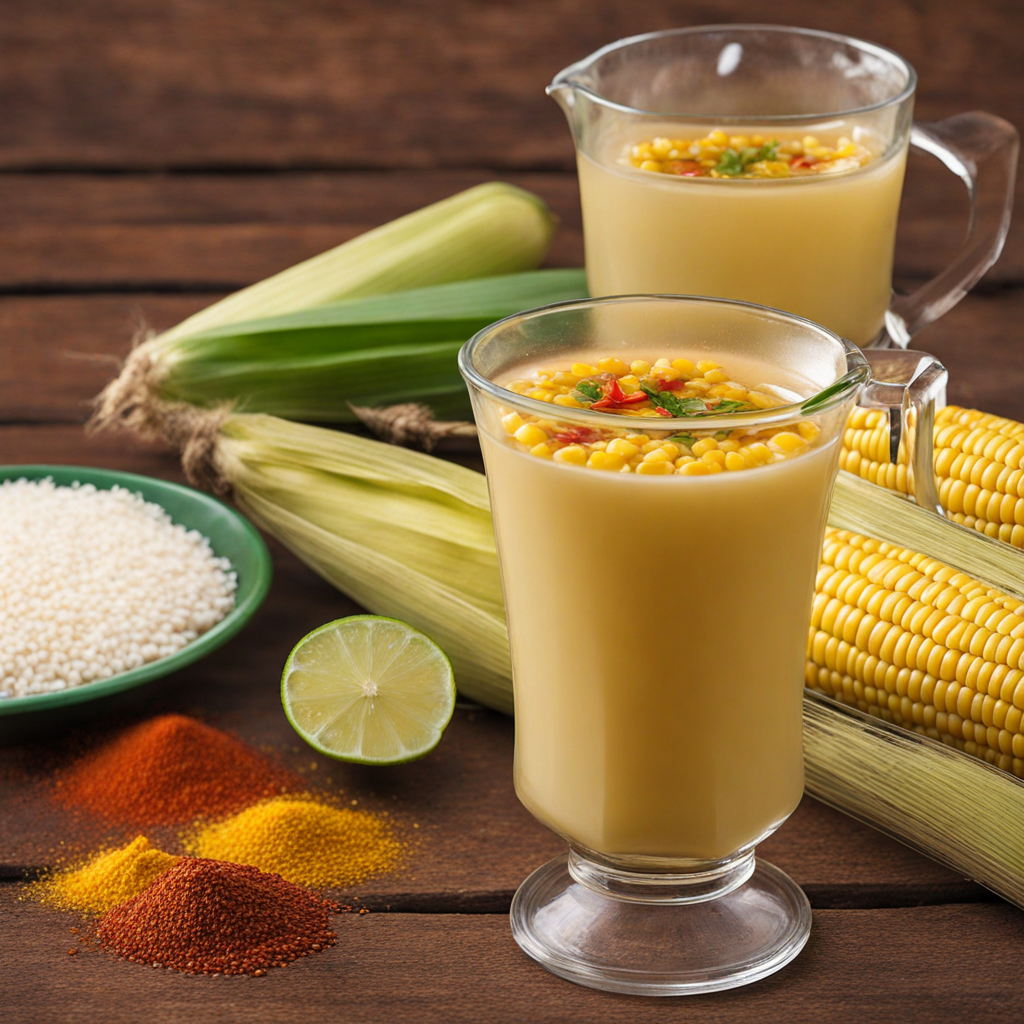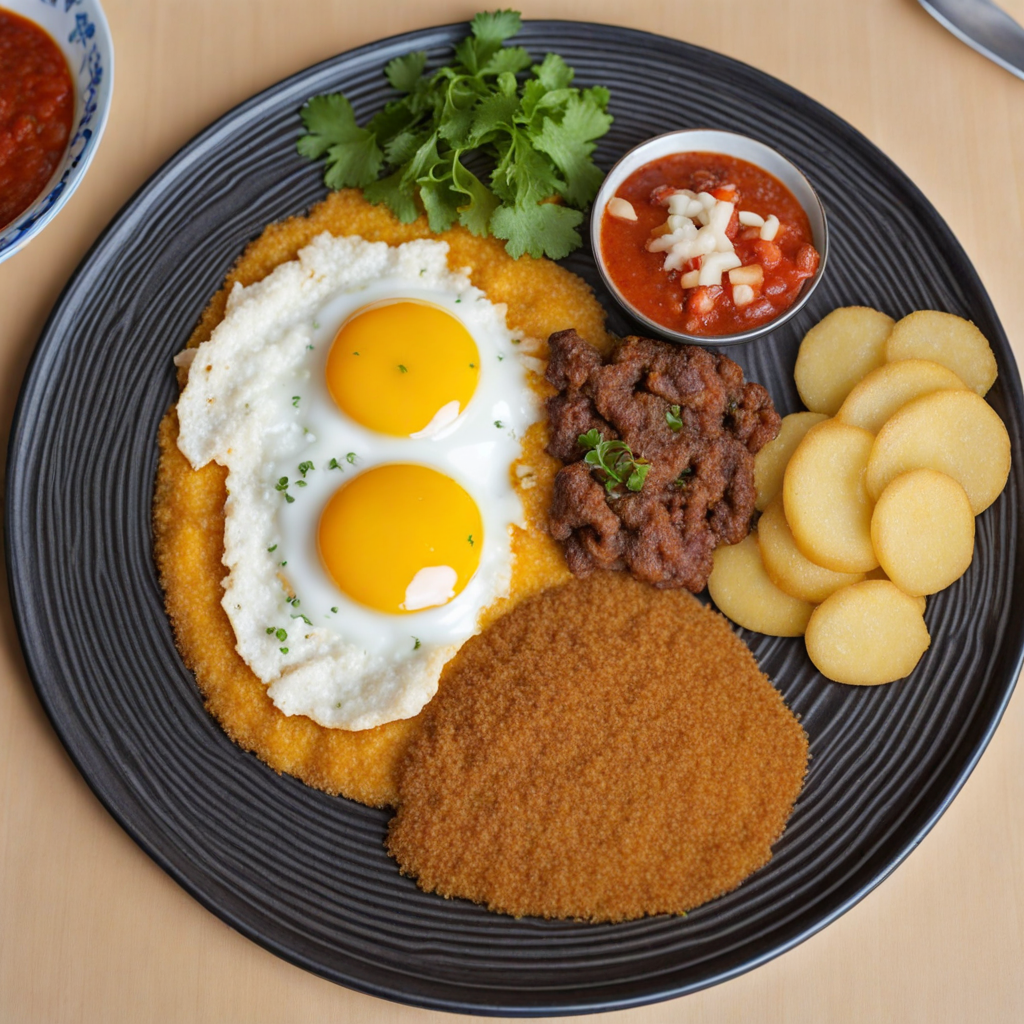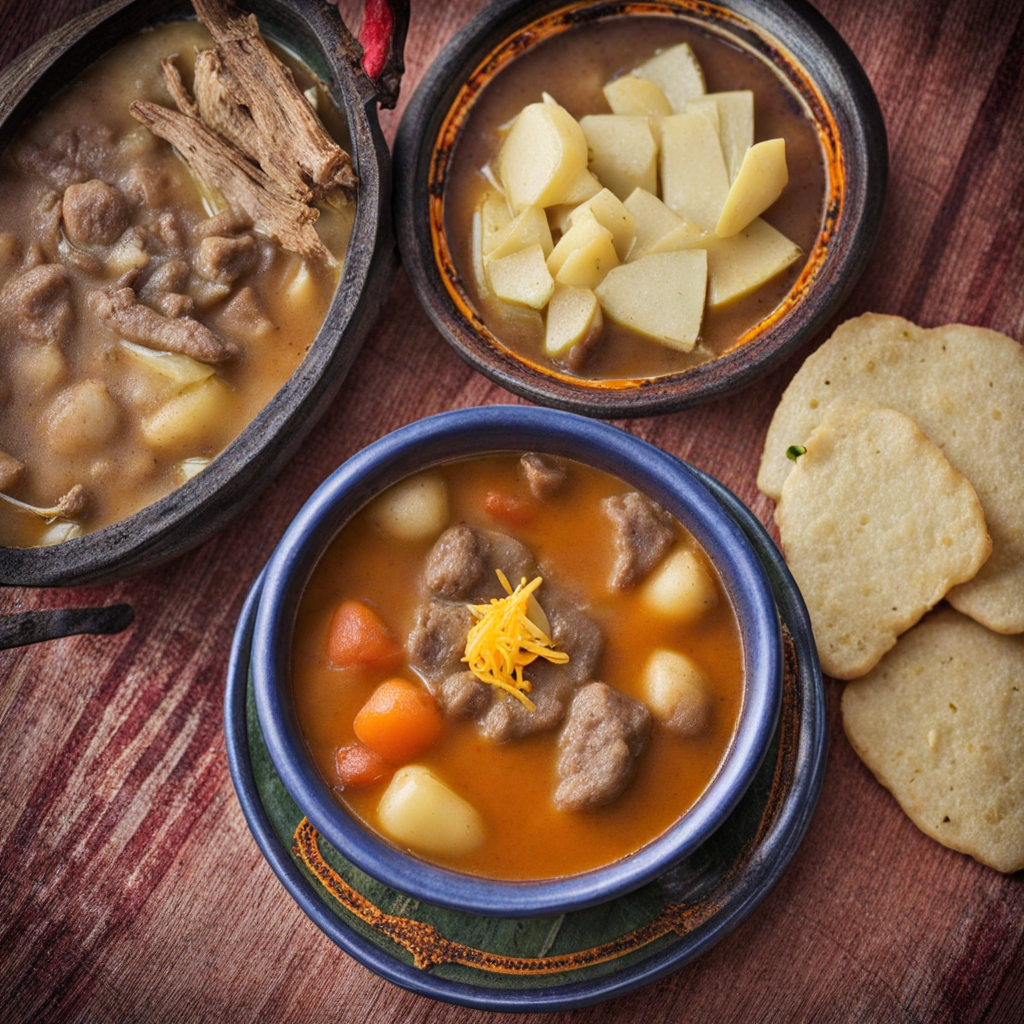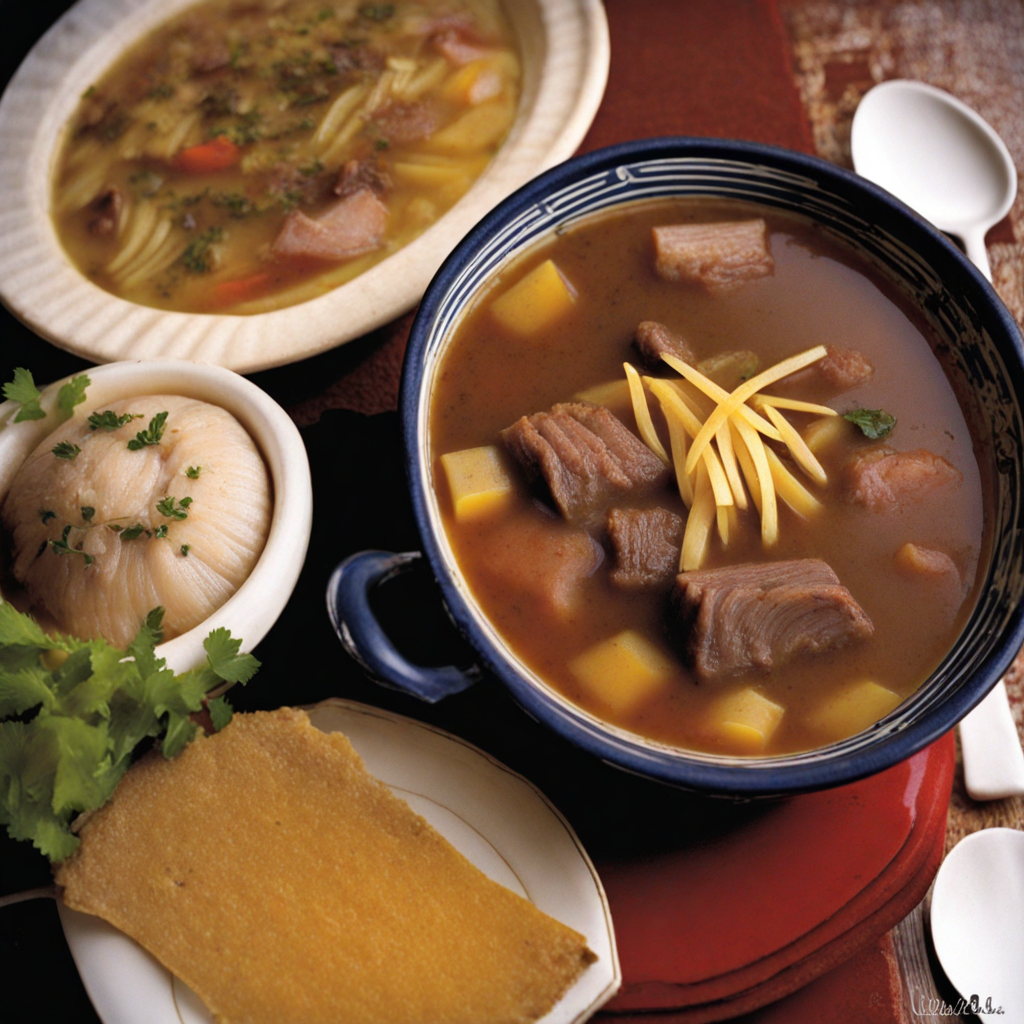Buñuelos
Buñuelos are a delightful Bolivian treat that embodies the rich culinary traditions of the country. These fluffy, deep-fried dough balls are typically made from a simple blend of flour, eggs, and sugar, resulting in a light and airy texture that melts in your mouth. Often flavored with hints of anise or cinnamon, each bite provides a subtle warmth that complements the sweetness of the dough. They are sometimes served with a dusting of powdered sugar, enhancing their visual appeal and adding a touch of extra sweetness that makes them irresistible. Traditionally enjoyed during festive occasions and family gatherings, buñuelos hold a special place in the hearts of many Bolivians. They are often paired with warm beverages like hot chocolate or atole, a thick corn-based drink, creating a comforting and satisfying experience. The contrast between the crispy exterior and the soft, pillowy interior makes buñuelos a texture lover's dream, while their lightness allows for indulging without the heaviness often associated with fried foods. As you explore the flavors of Bolivia through buñuelos, you'll discover not just a treat, but a piece of cultural heritage. They reflect the country’s ability to take simple ingredients and transform them into something extraordinary, making them a must-try for anyone eager to expand their palate. Whether enjoyed as a breakfast item or a dessert, buñuelos are sure to leave a lasting impression, inviting you to savor each moment and perhaps even share in the joy of preparing them with loved ones.
How It Became This Dish
The History of Buñuelos in Bolivia Buñuelos, a beloved treat in various Latin American countries, hold a special place in Bolivian culinary culture. These delightful fried dough balls, often dusted with sugar and cinnamon, have a rich history that intertwines indigenous traditions, colonial influences, and modern adaptations. To truly appreciate buñuelos, one must delve into their origins, cultural significance, and the evolution they have undergone over time in Bolivia. #### Origins The roots of buñuelos can be traced back to the culinary practices of ancient civilizations, including the indigenous peoples of the Andes. These communities, long before European contact, were masters of utilizing local ingredients to create nourishing and satisfying foods. The concept of fried dough is not unique to Bolivia; variations of buñuelos are found across the globe, indicative of a universal love for fried treats. In Bolivia, the pre-Columbian diet featured staples such as potatoes, maize, and quinoa. It is likely that early forms of buñuelos were made using maize flour, which was a significant crop in the region. The indigenous Aymara and Quechua peoples crafted simple doughs, which were then fried, forming a crispy exterior that encased a soft, often sweetened interior. When the Spanish colonizers arrived in the 16th century, they brought with them ingredients like wheat flour, sugar, and dairy products, which would significantly influence Bolivian cooking. This merging of Spanish culinary techniques with indigenous practices led to the development of what we now recognize as buñuelos. The introduction of new ingredients allowed for more diverse flavors and textures, leading to the creation of a dish that could be both sweet and savory. #### Cultural Significance In Bolivia, buñuelos are more than just a snack; they are a symbol of celebration and community. Traditionally, these treats are enjoyed during festivals, family gatherings, and religious celebrations. One of the most notable occasions for buñuelos is Christmas, where they are typically served alongside hot chocolate. In this context, they represent warmth, joy, and the spirit of togetherness, embodying the festive atmosphere that accompanies the holiday season. The preparation and sharing of buñuelos often bring families together, creating a communal experience that strengthens bonds between generations. Grandmothers pass down recipes to their grandchildren, ensuring that the tradition of making buñuelos endures. This transmission of knowledge not only preserves the flavors of the past but also fosters a sense of identity and belonging among Bolivians. In addition to Christmas, buñuelos are also popular during other festivities such as Carnival, where they serve as a delicious treat amidst the vibrant celebrations. The act of frying buñuelos is often accompanied by music and laughter, further enhancing their significance within the cultural fabric of Bolivian society. #### Development Over Time As Bolivian cuisine evolved, so too did the recipes for buñuelos. The basic dough has seen numerous adaptations, reflecting regional ingredients and preferences. While the classic buñuelo is made from wheat flour, variations can include the use of cornmeal or even quinoa flour, showcasing the versatility of this dish. In urban areas, buñuelos have adapted to modern tastes, incorporating flavors such as chocolate, vanilla, and even cheese. Street vendors often sell buñuelos filled with sweet fillings like dulce de leche or fruit preserves, catering to the ever-changing preferences of the public. These innovations have ensured that buñuelos remain a relevant and popular treat, appealing to both traditionalists and those seeking new culinary experiences. The rise of globalization has also impacted the way buñuelos are perceived and consumed. With an increasing interest in international cuisine, Bolivian buñuelos have found their way into the culinary lexicon beyond their borders. Many Bolivians living abroad have introduced buñuelos to new audiences, helping to spread awareness of this cultural delicacy. In recent years, there has been a growing movement to preserve traditional foods and culinary practices. Chefs and food enthusiasts are revisiting classic recipes, emphasizing the importance of sourcing local ingredients. This revival has breathed new life into buñuelos, encouraging a return to their roots while still embracing contemporary culinary trends. #### Conclusion Buñuelos are more than just a delicious treat; they are a testament to Bolivia's rich culinary heritage. From their indigenous origins to their evolution through colonial influences, buñuelos embody the spirit of Bolivian culture and community. As they continue to adapt to modern tastes while remaining a cherished symbol of celebration, buñuelos will undoubtedly remain a staple in Bolivian kitchens and festivities for generations to come. In the heart of every buñuelo lies a story—a story of resilience, adaptation, and the enduring power of food to bring people together. Whether enjoyed during the holiday season or at a bustling street fair, buñuelos serve as a delicious reminder of Bolivia's vibrant culinary history and the importance of tradition in an ever-changing world.
You may like
Discover local flavors from Bolivia


